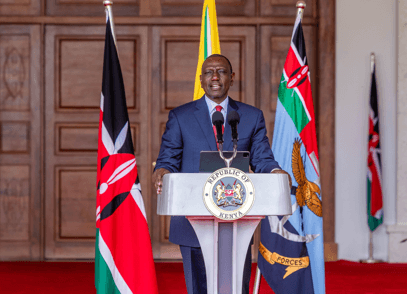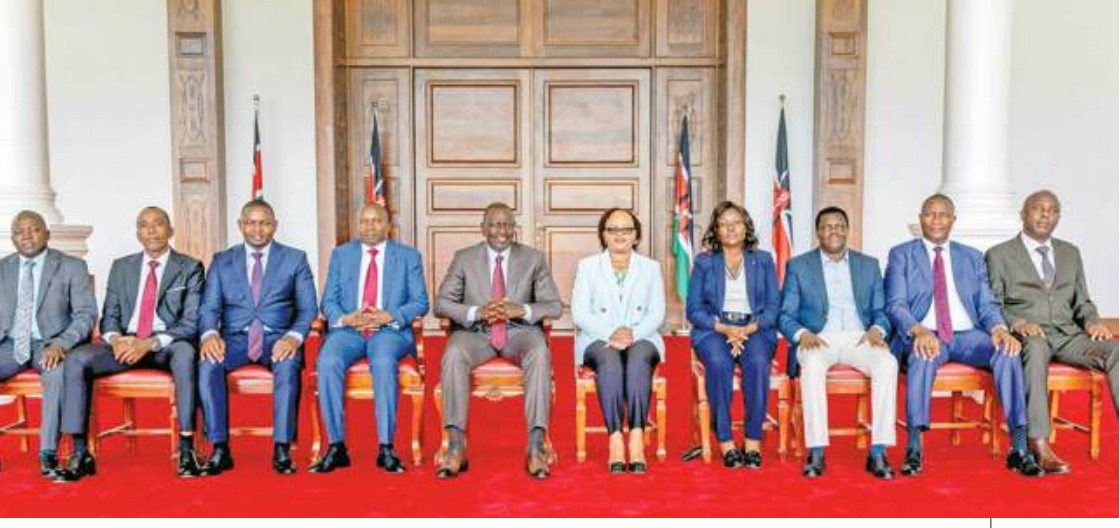Kenya is a very youthful country with 75 per cent of its population constituting of youth aged 18-35 years and 24.5 per cent comprising of adolescents aged 10-24 years (2019 Population and Census).
While this population presents an opportunity for a demographic dividend, poor Sexual Reproductive Health outcomes including increased HIV new infections, Gender-Based Violence, and teenage pregnancies have been identified as threats that hinder adolescents and young people from fully maximising their potential.
Just recently, Kenya was ranked third worldwide in teenage pregnancies; the Ministry of Health also reports that between January and February Kenya recorded 45,700 pregnant adolescents between the age of 10 and 19.
There were 2,019 cases of SGBV between the age of 12 and 17 and an additional 98 weekly HIV new infections among the same age cohorts.
Clearly, in as much as there have been efforts to address these three threats, the progress to eliminating them has been slow.
The lack of political goodwill and a conducive legal and policy environment are some of the challenges that hinder service and information access for adolescents and youth in their diversity.
The Ministry of Health launched the National Reproductive Health Policy (2022-2032), a move that attracted negative reactions from the public.
While third-party authorisation remains to be one of the barriers to service access, the document enforces parental consent; this goes against the Health Act (2017) that provides guidelines for services access to minors in the absence of a parent.
Other problematic clauses include the issue of abortion which is already addressed in the constitution.
As a national policy addressing reproductive health issues, ignoring the impact of unsafe abortion is burying our heads in the sand.
Unsafe abortions happen, and the most vulnerable population are adolescents and youth.
The document should have therefore been aligned with the existing laws in Kenya and other international laws.
As retrogressive as it is, the policy goes ahead to highlight that it is to be the principal reference document in matters of reproductive health.
This is unacceptable.
It is important to note that adolescents and youth are not homogenous, therefore in order to address their unique needs their evolving capacities must be taken into account in policy development processes.
With the existing gaps, the current National Reproductive Health Policy will not address the triple threats, the ripple effects will negatively impact the realisation of Kenya Vision 2030.
We call upon the government and other actors to be intentional in addressing the triple threats.
As citizens, we must come together and hold the government and other stakeholders into account for failing to address the needs and concerns of its citizen despite public participation is a right that is enshrined in the constitution.
Gains made in adolescents and youth sexual reproductive health must be protected.
Youth Project Coordinator Reproductive Health Network Kenya and Advocacy Officer
Edited by Kiilu Damaris
“WATCH: The latest videos from the Star”












![[PHOTOS] Three dead, 15 injured in Mombasa Rd crash](/_next/image?url=https%3A%2F%2Fcdn.radioafrica.digital%2Fimage%2F2025%2F11%2Fa5ff4cf9-c4a2-4fd2-b64c-6cabbbf63010.jpeg&w=3840&q=100)

